 | |
| Formation | 2002 |
|---|---|
| Headquarters | Rome, Italy |
Membership | 60 governments, 8 subnational authorities, 16 intergovernmental organizations, 286 civil society groups |
| Website | www |
The Mountain Partnership is an official United Nations partnership and international voluntary alliance dedicated to improving the lives of mountain peoples and protecting mountain environments around the world.[1][2]
History
During the preparatory process of the World Summit on Sustainable Development in Johannesberg, South Africa, in 2002, the governments of Italy and Switzerland, the Food and Agriculture Organization (FAO), and the United Nations Environment Programme (UNEP) embarked on an effort to organize a new partnership to strengthen cooperation and more effectively address the needs of mountain peoples and environments around the world.[3] As a result, the International Partnership for Sustainable Development of Mountain Regions, known as the Mountain Partnership, was launched.[4]
Membership
The Mountain Partnership currently has 370 members, comprising governments, intergovernmental organizations and major groups from civil society, NGOs and the private sector.[5]
The following governments are currently members of the Mountain Partnership.[5]
 Afghanistan
Afghanistan Algeria
Algeria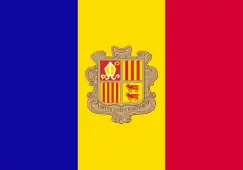 Andorra
Andorra Argentina
Argentina Armenia
Armenia Austria
Austria Azerbaijan
Azerbaijan Bangladesh
Bangladesh Bhutan
Bhutan.svg.png.webp) Bolivia
Bolivia Burundi
Burundi Cameroon
Cameroon Chile
Chile Colombia
Colombia Costa Rica
Costa Rica Cuba
Cuba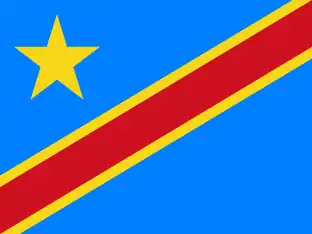 Democratic Republic of Congo
Democratic Republic of Congo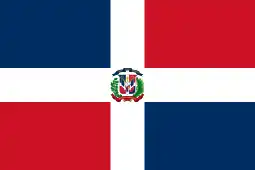 Dominican Republic
Dominican Republic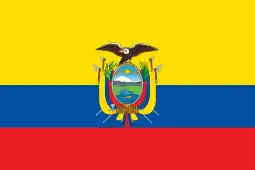 Ecuador
Ecuador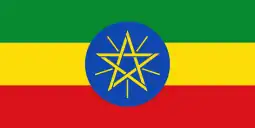 Ethiopia
Ethiopia France
France Georgia
Georgia Ghana
Ghana Guatemala
Guatemala Guinea
Guinea India
India Indonesia
Indonesia Iran
Iran Italy
Italy Jamaica
Jamaica Jordan
Jordan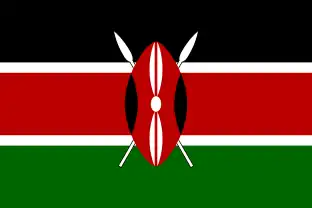 Kenya
Kenya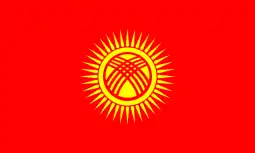 Kyrgyzstan
Kyrgyzstan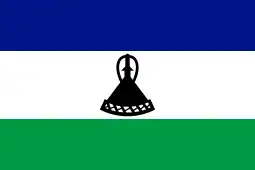 Lesotho
Lesotho Liechtenstein
Liechtenstein Madagascar
Madagascar Malawi
Malawi Mexico
Mexico Monaco
Monaco Morocco
Morocco Nepal
Nepal North Macedonia
North Macedonia Pakistan
Pakistan Papua New Guinea
Papua New Guinea Peru
Peru Philippines
Philippines Romania
Romania Serbia
Serbia Slovakia
Slovakia Slovenia
Slovenia Spain
Spain Sri Lanka
Sri Lanka Swaziland
Swaziland.svg.png.webp) Switzerland
Switzerland Togo
Togo Tunisia
Tunisia Turkey
Turkey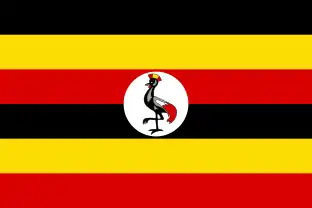 Uganda
Uganda Ukraine
Ukraine Venezuela
Venezuela Yemen
Yemen
Organization
The Mountain Partnership is supported by a secretariat based at the FAO in Rome, Italy.[6] The secretariat plays a facilitating role, connecting institutions and helping members develop joint activities to protect mountain regions.
Work
The work of the Mountain Partnership is spread out among four pillars, namely: advocacy, communications, brokering initiatives and capacity development.[7] The Mountain Partnership works to bring global attention to achieving sustainable development in mountain regions and to promote the inclusion of mountain issues in United Nations declarations and other international documents.[8] Members also engage in disseminating awareness with regards to challenges faced by mountain peoples and environments. Furthermore, the Mountain Partnership’s role is to "facilitate contacts between countries and institutions and creating conditions for partnerships, technical cooperation and resource mobilization at all levels". The scope of the Mountain Partnership is for members to cooperate in order to facilitate, promote and implement initiatives at all levels.[7]
The Mountain Partnership’s main principles are "participation of all members, accountability, responsiveness, consensus, transparency and flexibility". Its Secretariat is crucial for the creation of an enabling environment for main actors to cooperate towards the obtainment of common aims.[7]
In 2012, its members lobbied for sustainable mountain development to be included in The Future We Want, the final outcome document of the Rio+20 United Nations Conference on Sustainable Development, resulting in the inclusion of three paragraphs relating to mountains.[9][10] The partnership also encourages the development of policies and laws that give local mountain communities a voice in decision-making and organizes conferences, training sessions, workshops and communications materials on sustainable development in mountain areas worldwide.[11]
On 11–13 December 2017, the Food and Agriculture Organization hosted the Fifth Global Meeting of the Mountain Partnership during which more than two hundred members participated. For this meeting, members renewed their commitments to protect mountains and their environments, to better the life of mountain peoples and to empower them. In addition, a four-year Governance and Strategy and two-year work plan were endorsed.[7]
Thanks to advocacy efforts of the Mountain Partnership members, mountains are mentioned in three targets under two of the 17 goals issued by the Open Working Group on Sustainable Development Goals in its outcome document.
- By 2020 protect and restore water-related ecosystems, including mountains, forests, wetlands, rivers, aquifers and lakes
- By 2020 ensure conservation, restoration and sustainable use of terrestrial and inland freshwater ecosystems and their services, in particular forests, wetlands, mountains and drylands, in line with obligations under international agreements
- By 2030 ensure the conservation of mountain ecosystems, including their biodiversity, to enhance their capacity to provide benefits which are essential for sustainable development.[12]
Selected publications
- Working together for mountain peoples and environments
- 15 years of Mountain Partnership
- Tourism in Mountain Regions - Hopes, Fears and Realities
- Mountain Farming is Family Farming
- Mountains: Our Life, Our Future – Progress and perspectives on sustainable mountain development
- Mountain Forests in a Changing World
- Highlands and Drylands: Mountains, a Source of Resilience in Arid Regions
- Mountain Biodiversity and Global Change
- Mountains and Climate Change, from Understanding to Action
See also
References
- ↑ "Resources". Cbd.int. Retrieved 2013-07-15.
- ↑ "Mountain Partnership". Icimod.org. Retrieved 2013-07-15.
- ↑ "International Mountain Day". Fao.org. Retrieved 2013-07-15.
- ↑ "Mountain Partnership - Organization Contacts - Professional Resources". PreventionWeb.net. Retrieved 2013-07-15.
- 1 2 "Members". Mountain Partnership. Retrieved 2020-10-13.
- ↑ "Secretariat". Mountain Partnership. Retrieved 2013-07-15.
- 1 2 3 4 "Global partnerships". International Mountain Day. Retrieved 2014-09-19.
- ↑ "Advocacy". Mountain Partnership. Retrieved 2013-07-15.
- ↑ "Mountain ecosystems get boost from Rio+20". Scidev.net. 2012-06-22. Retrieved 2013-07-15.
- ↑ "Future We Want - Outcome document .:. Sustainable Development Knowledge Platform". Sustainabledevelopment.un.org. Retrieved 2013-07-15.
- ↑ "Communications". Mountain Partnership. Retrieved 2013-07-15.
- ↑ "Outcome Document". Sustainable Development Knowledge Platform. Retrieved 2014-09-19.